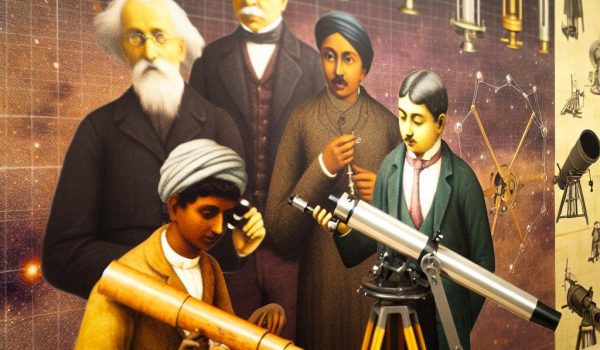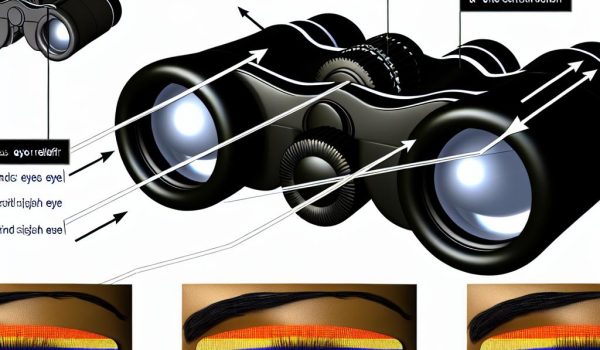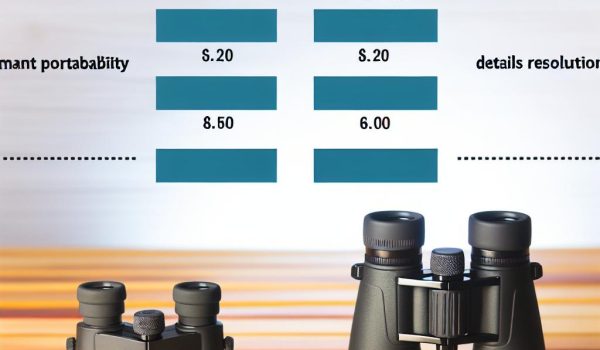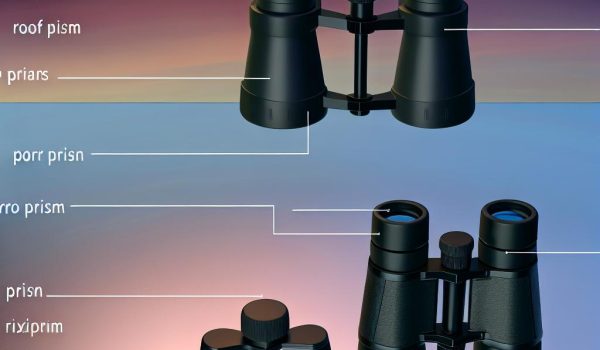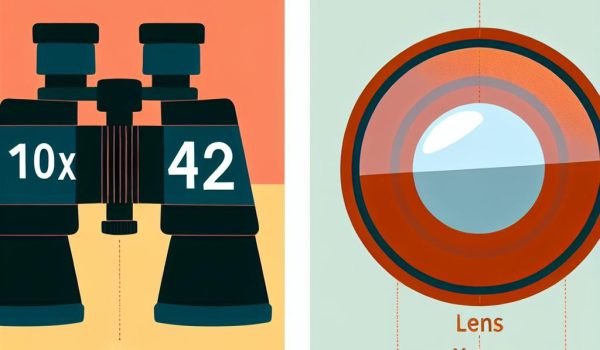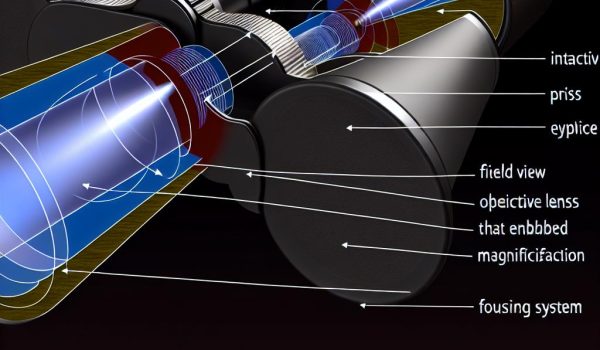The history of telescopes and their inventors.
The Origins of the Telescope The invention of the telescope marks a pivotal moment in the history of science and technology. Though it is widely believed that the telescope was first developed in the Netherlands, tracing its exact origin can be somewhat complex. It is often attributed to Hans Lippershey, a German-Dutch spectacle maker, who applied for a patent in 1608. While Lippershey is often credited with its invention, there were other claims around the same time, including those by…


